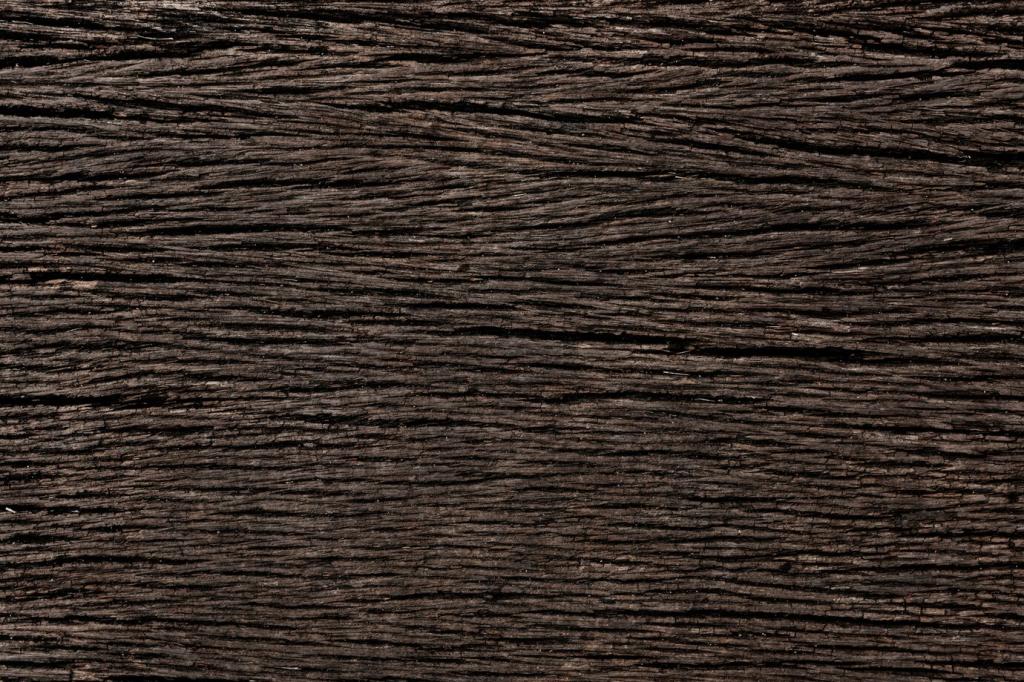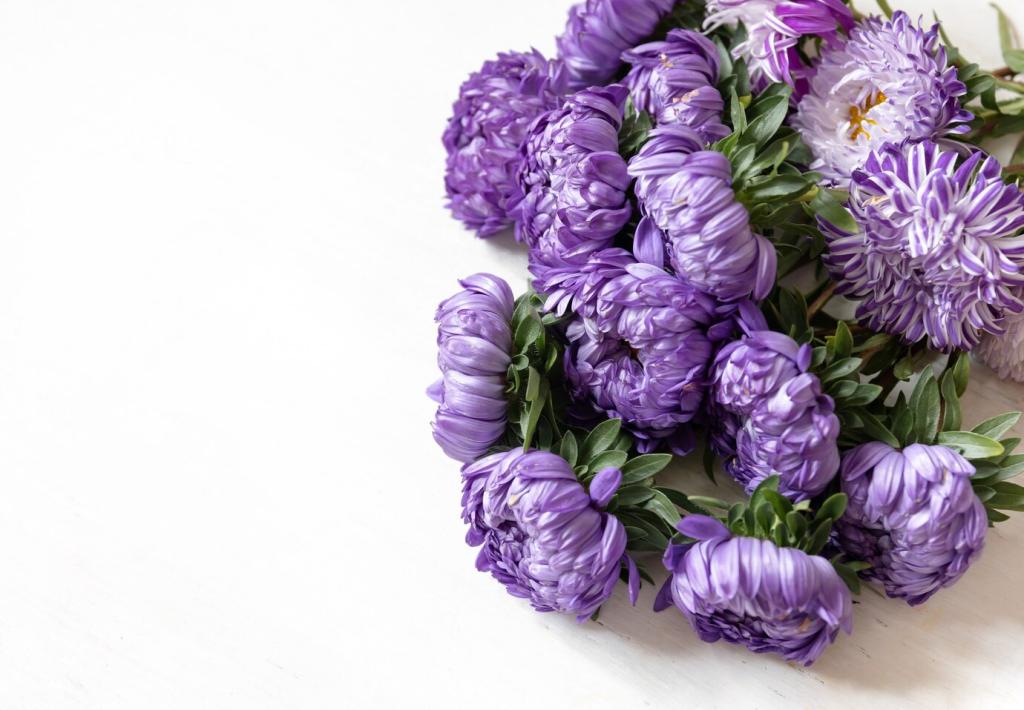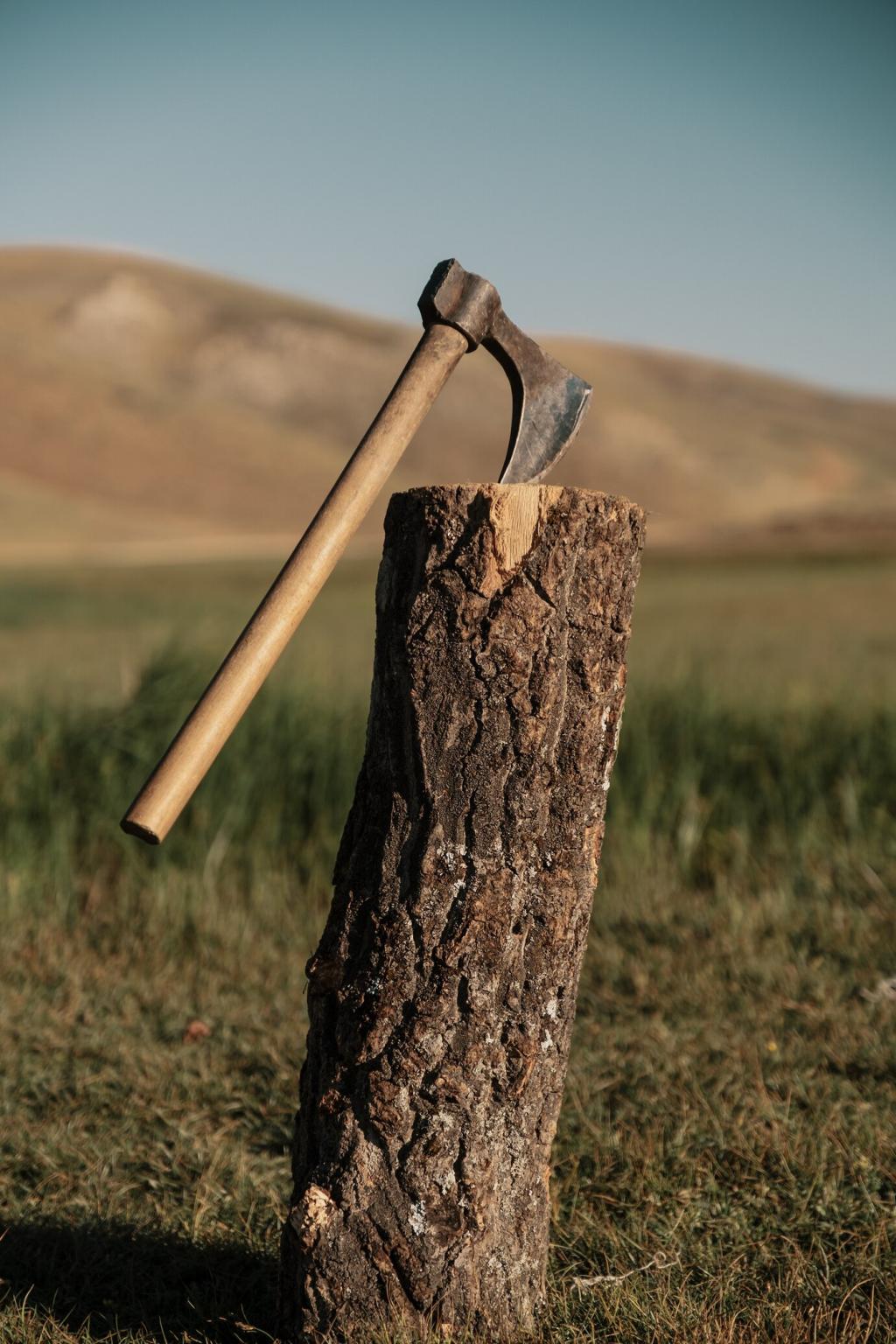Bring Tiny Worlds to Life: Best Equipment for Nature Macro Photography
Selected theme: Best Equipment for Nature Macro Photography. Step into the miniature wilderness with a friendly, field-tested guide to lenses, lights, supports, and clever accessories that reveal delicate textures and hidden beauty. Follow along, ask questions, and subscribe for more gear wisdom shaped by real outdoor adventures.
Macro Lenses That Make a Difference
A 60mm macro is nimble for flowers and controlled environments, while 90–105mm lenses balance reach and portability outdoors. For skittish insects, 150–200mm macros provide generous working distance and calmer subjects. Consider background compression too; longer lenses simplify messy scenes. Which focal length best matches your usual distance and terrain?
Macro Lenses That Make a Difference
True macro begins at 1:1, where subjects render life-size on the sensor. Some specialty lenses reach 2:1 without attachments, unlocking dramatic detail on tiny insects and spores. Higher magnification narrows depth of field and demands steadier technique and precise focusing. If you stack images often, is 2:1 worth the extra weight for your kit?


Light Shaping Tools for Crisp, Gentle Detail
A pop-up softbox or DIY foam diffuser over a speedlight turns sharp reflections into pleasing glow on beetle shells and petals. Even a folded white card broadens light beautifully. Keep modifiers light and quick to attach; you will move constantly. What diffusion approach gives you the most consistent results in shifting forest light?

Stability and Precision: Supports You Can Trust
Tripods and Ground Pods for Low Angles
A tripod with a reversible or horizontal center column lets you work inches from the forest floor. Low, wide stances resist wind, while spiked feet grip forest litter. Ground pods slide under foliage without snagging. Which tripod feature has saved more shots for you: a short center column or flexible leg locks?
Macro Focusing Rails and Clamps
A precision focusing rail moves the camera in tiny increments for exact focus plane placement and clean stacking. Pair with a sturdy Arca clamp for quick lens changes and secure balance. Rails with smooth geared travel speed up field work. If you stack often, what rail travel length feels just right outdoors?
Handheld Stabilization: IBIS, OIS, and Technique
In-body stabilization and lens-based stabilization help, but technique matters most: brace elbows, control breath, and time shots between micro-movements. A short shutter burst increases your odds of a tack-sharp frame. Do you combine stabilization modes or prefer one over the other for tiny, fidgety subjects?
Extension tubes add magnification without extra glass, but reduce light and working distance. High-quality achromatic close-up filters keep sharpness, add convenience, and work well on telephoto lenses for tele-macro. Teleconverters increase reach but magnify aberrations. Which combination has delivered the best balance of detail, portability, and budget for you?

Cameras and Settings That Elevate Macro Results
Bodies With Focus Bracketing and Pixel Shift
Cameras offering automated focus bracketing simplify complex stacks, especially when paired with rails. Some models provide pixel shift for ultra-clean textures in static subjects like lichens. Consider battery life and menu access in cold mornings. Which brand’s stacking implementation feels most intuitive under gloves and time pressure?
Silent Shutters, EFCS, and Reliable Flash Sync
Electronic first-curtain shutters reduce vibration while preserving natural-looking bokeh. Full electronic shutters are quiet but can cause banding with some lights. Ensure dependable flash sync at small apertures, where macro often lives. How do you balance silence, stability, and consistent lighting in your current camera setup?
Custom Buttons and a Fast Macro Workflow
Assign focus peaking, bracketing, and magnified live view to dedicated buttons for rapid responses to fleeting behavior. Save a macro custom mode with base ISO, preferred aperture, and shutter habits. Streamlined controls mean more steady shots. Which three custom assignments improved your hit rate the most?
Real-World Field Kit and Lessons Learned
On a cool morning, a 100mm macro, slim rail, and soft diffuser captured dew-beaded dragonflies before takeoff. The diffuser preserved iridescence without harsh specular kicks, while the rail nailed precise focus on compound eyes. Have you tried a similar trio at dawn, and what tweak would you add for backlit wings?
Real-World Field Kit and Lessons Learned
When breezes rise, a stabilized 70–200mm with an achromatic close-up filter offers reach, fast autofocus, and forgiving perspective. Handheld with burst shooting, it locks sharp frames between gusts. Add a small reflector to separate subjects from busy grass. What tele-macro combo has rescued your windy-day sessions?


